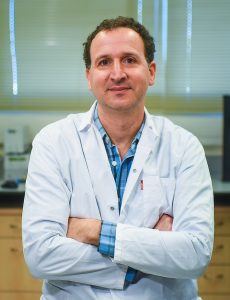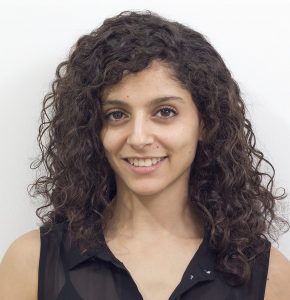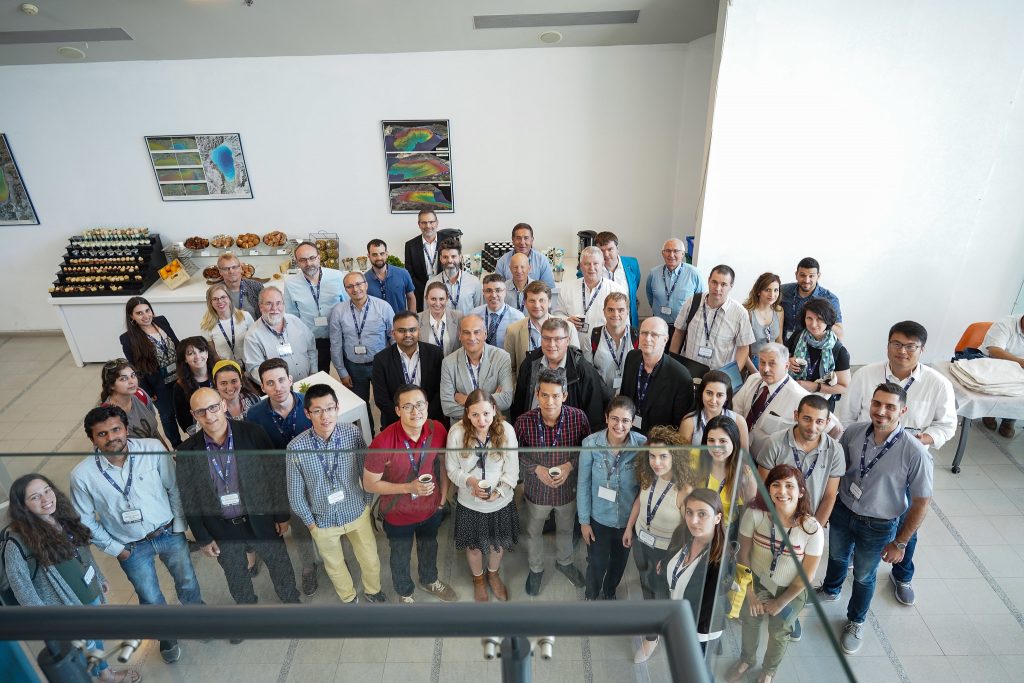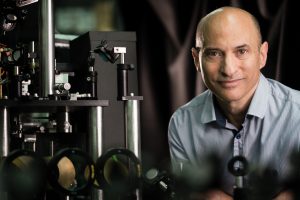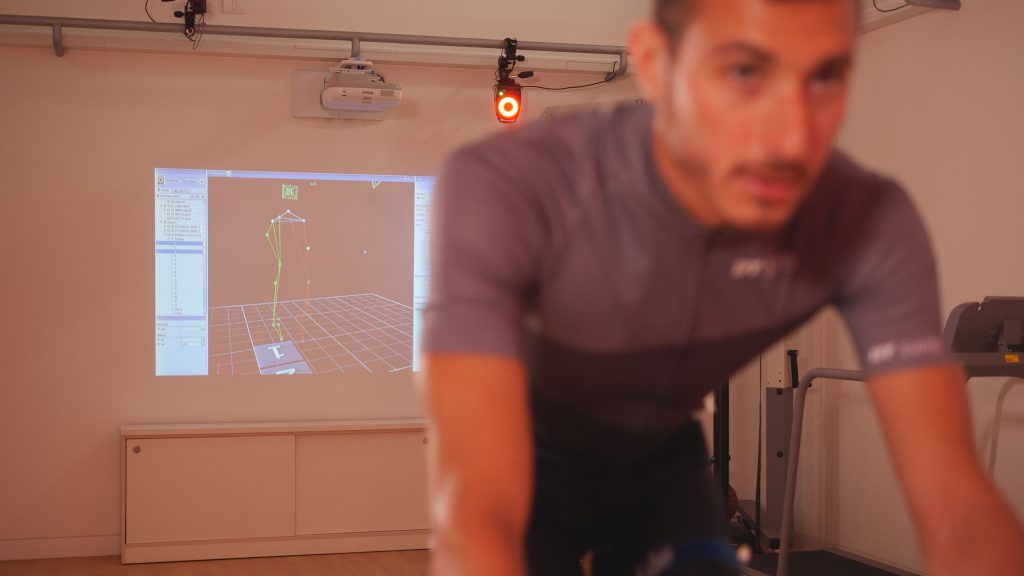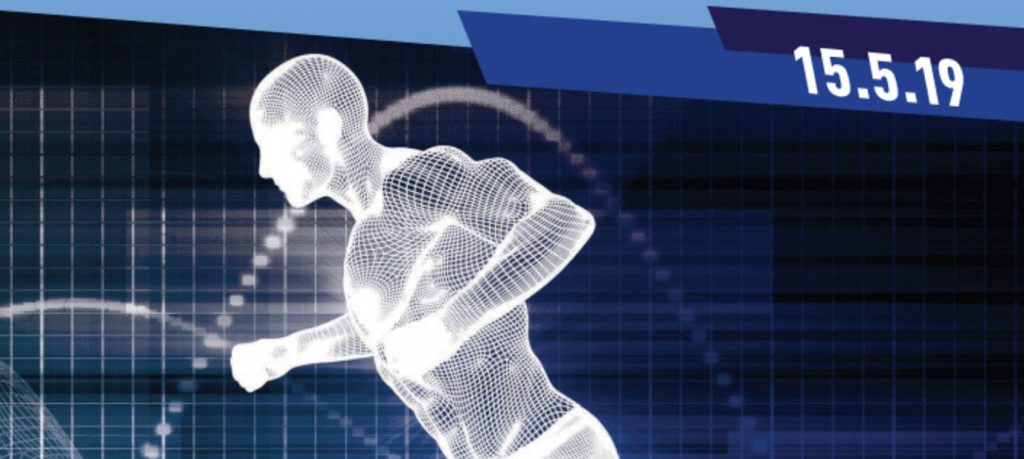TechnoBrain 2019, Technion’s annual scientific challenge competition encourages students to step ‘out of the box’ and embrace scientific challenges in a creative way.
Neev-Ya Durban, after whom the competition is named, would have been proud to see these amazing, self-driven student teams. Neev-Ya, a former student at Technion’s Faculty of Aerospace Engineering, sought to challenge Technion students by posing creative engineering tasks. “We need to take them away from their textbooks and give them a way to express themselves creatively,” he had said.
This year’s challenge was based on the slinky, a popular, patented helical spring toy invented by engineer Richard James and his wife Betty in the 1940s, which can perform a number of tricks, including travelling down a flight of stairs, end-over-end, as it stretches and re-forms itself with the aid of gravity and its own momentum.
 Before the competition, the teams put their innovative structures to the test, measuring the vertical alignments of the 18 stairs to see how their structures met the preset speed and water overflow criterion. Most of the designs were based on simple slide devices while some also employed a pendulum designed to harness the flow of water out of the container.
Before the competition, the teams put their innovative structures to the test, measuring the vertical alignments of the 18 stairs to see how their structures met the preset speed and water overflow criterion. Most of the designs were based on simple slide devices while some also employed a pendulum designed to harness the flow of water out of the container.
“I didn’t sleep for a week but it was well worth the challenge,” said Ori Nissim of Technion’s Faculty of Civil and Environmental Engineering. Together with his team-mate, Ori Michael of the Faculty of Mechanical Engineering and the Faculty of Computer Science, the two (Oris) won first place at the TechnoBrain event. “The whole idea of TechnoBrain is to step away from our strenuous learning and courses and to implement what we learn into a creative project,” agreed the two winners.
Simplicity is the key. The winners said that at first, their ideas were far-fetched. “We even considered using centrifugation to limit the amount of water flow out of the container but eventually understood that a pair of rubber bands would do the trick just as well”. Complete with a coarse board to increase friction and a mast, serving as the braking mechanism, the two were ready to go. “At the last minute we decided to add wheels to the front of the board to assist the structure at the final step of its descent,” the two recalled.
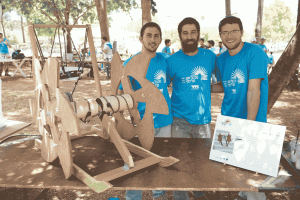
The winners with their competitive invention
In at second came (Yerida Lezoreh Yerida) Dovi Kogan, Shahar Zur and Shahar Tsadok. This talented trio of Technion’s Faculty of Mechanical Engineering, built a sled-like structure with unique wooden wheels, resembling actual stairs in their structure, to enable wide-scale friction upon contact with the ground.
Third place went to (Stairship) Sam Mendes, Sher Hazan and Avihay Lael also of Technion’s Faculty of Mechanical Engineering. Their device made use of a vertically aligned instrument to keep water overflow at a minimum during descent and incorporated various elements that were printed in a 3D printer.
Doctor Bob’s TechnoBrain competition is made possible thanks to the generous support of Robert Shillman (Doctor Bob), a Technion Guardian who received an Honorary Doctorate from Technion in June, 2018.
Also present at the event were Neev-Ya’s parents, Prof. Emeritus David Durban of Technion’s Faculty of Aerospace Engineering and his wife Rachel. Judging the competition was Prof. Alon Wolf of the Faculty of Mechanical Engineering.
Moderator, Prof. Irad Yavneh of Technion’s Faculty of Computer Science was responsible for the competition’s energetic vibe and Sheer Haan of the Faculty of Architecture and Town Planning skillfully coordinated the event.



